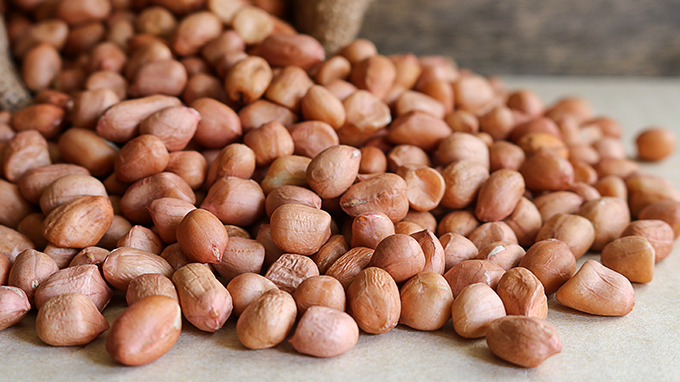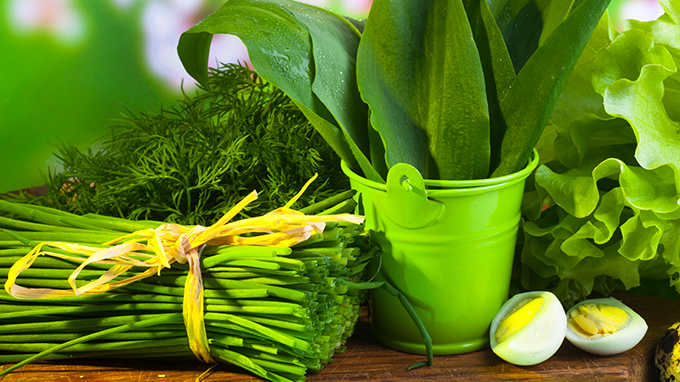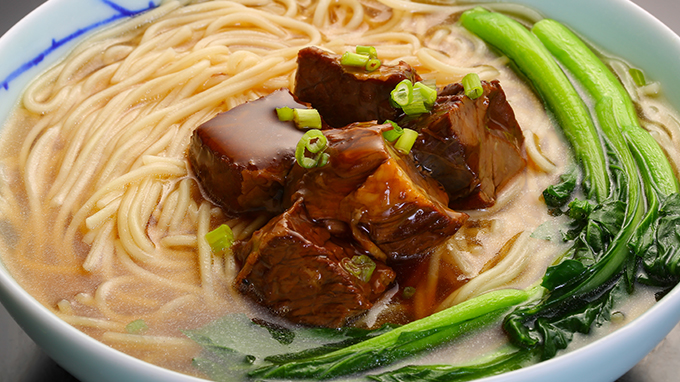Why eating too much staple food can cause weight gain
The main ingredient of staple foods (grain, cereals) is starch, which accounts for about 75% of the dry weight, that is, if 6 or two (300 grams) of staple foods are taken every day, it contains 225 grams of starch. A starch molecule is composed of hundreds of glucose (residues) connected by glycosidic bonds, and is absorbed into the blood after being digested into glucose in the gastrointestinal tract. Theoretically, 225 grams of starch per day is about 225 grams of glucose after digestion and absorption.
In addition to the main food, fruits, sweets, vegetables, milk, beverages, etc., after digestion and absorption, also provide some glucose. Each person digests and absorbs about 300 grams of glucose per day, but the total amount of glucose in the human blood is only 3 or 5 grams, which is very small and very stable. This means that the glucose digested and absorbed by the gastrointestinal tract after eating must be quickly transported by the blood to somewhere "placed". The place where the glucose is processed at high speed is the liver.
Digestively absorbed glucose from the gastrointestinal tract is sent directly to the liver via the blood (portal venous system). Except for a small part of glucose passing through the liver and continuing to run to other tissues and organs, most of the glucose is quickly processed in the liver cells. Glucose is first phosphorylated to produce "glucose-6-phosphate", which can no longer escape from hepatocytes and is "fixed" in hepatocytes for further processing. There are three main ways for liver cells to further process glucose:
1. Glucose-6-phosphate is oxidized into carbon dioxide and water in liver cells (mainly mitochondria), and provides energy for liver cells. There is very little glucose going this way, because the main source of energy required by liver cells is not glucose, but fatty acids.
2. Glucose-6-phosphate synthesizes glycogen in hepatocyte cytosol. The structure of glycogen is very similar to that of starch (especially amylopectin), but it has a large water content and is stored in the cytosol of liver cells. There is more glucose in this way, and the total amount of liver glycogen can reach 75~100g after a full meal, accounting for about 5% of the weight of the liver.
3. Glucose-6-phosphate synthesizes fat (triglyceride) in the cytosol of hepatocytes, exports it to the blood in the form of very low density lipoprotein (VLDL), and transports it to adipose tissue for storage . There is a lot of glucose in this way, which can be infinite in theory. That is to say, no matter how much starch you eat (digestion and absorption as glucose), in addition to taking the 1 and 2 routes of glucose, the rest can be used. Used in synthetic fats. The more starch you eat, the more fat is synthesized, resulting in obesity.
Moreover, glucose metabolism can not only provide almost all raw materials for synthetic fat (NADPH and acetyl CoA, etc.), eating a large amount of sugars can also enhance the activity of various synthetic fat-related enzymes, thereby increasing fat synthesis.
All in all, because starch can be digested into glucose, glucose becomes fat in the liver and is transported to fat cells for storage, so eating too much staple food (starch) can cause obesity. Starch is a nutrient stored in plants, stored in seeds and tubers. In addition to staple foods (cereals, grains), potatoes and beans also contain more starch. Gum powder, lotus root powder, vermicelli, etc. are starch products. Many processed foods, such as soy flour, instant powder, etc., the added dextrin (see the product ingredients list) is also starch products.
When we are hungry (or dieting to lose weight), glycogen in liver cells breaks down into glucose, which is transported to other organs (mainly the brain) in the form of blood sugar to oxidize and break down to provide energy. Liver glycogen can maintain blood sugar stability for more than ten hours. After the liver glycogen is depleted, if you continue not to eat (starving), liver cells will use amino acids (from muscle protein breakdown) and glycerol to synthesize glucose and maintain blood sugar stability. After hunger for a long time, the main organs of the body, such as liver, heart, kidney, etc., use more fat oxidation to supply energy to save glucose (blood sugar) for the brain.
Therefore, in the early stage of hunger (diet), the weight loss is mainly due to the reduction of glycogen and muscle protein. Because glycogen and muscle itself contain more water, the body''s water is also significantly reduced. These all cause rapid weight loss. People are mistaken for "weight loss".
Related Articles

- Can I drink tea for pregnancy
- Pregnancy is the most important event in a woman’s life. How to get pregnant smoothly and how to conceive a healthy baby is a problem that every couple and every family are very concerned a
- 2020-08-03

- What are the nutritional characteristics of nuts
- Nuts are one of the small foods that people like very much nowadays. They are rich in nutrients, high in protein, oil, minerals, and vitamins. They have excellent effects on human growth an
- 2020-08-03

- Celery leaves
- It is a habit of many people to eat celery and not to eat leaves. I think the leaves are just scraps. In fact, it is just wrong here. Almost all vegetables with leaves have a common featur
- 2020-08-03

- Is a cookie a nutritious food
- Biscuit is the most common snack food, but if it is said that biscuit is not nutritious, it seems to have aggrieved it. Every food has nutrients, even instant noodles or biscuits.
- 2020-08-03

- How to make a quick nutritious breakfast
- People often say that eating like an emperor for breakfast, like an aristocrat for lunch, and like a beggar for dinner will be healthier. How can I prepare a nutritious breakfast in 15 min
- 2020-08-03

- Can gout drink alcohol?
- Patients with gout should drink more water than wine. Gout diet is stricter, and even exceeds the dietary contraindications of diabetes, hypertension and high blood fat. Strict dietary tabo
- 2020-08-03
